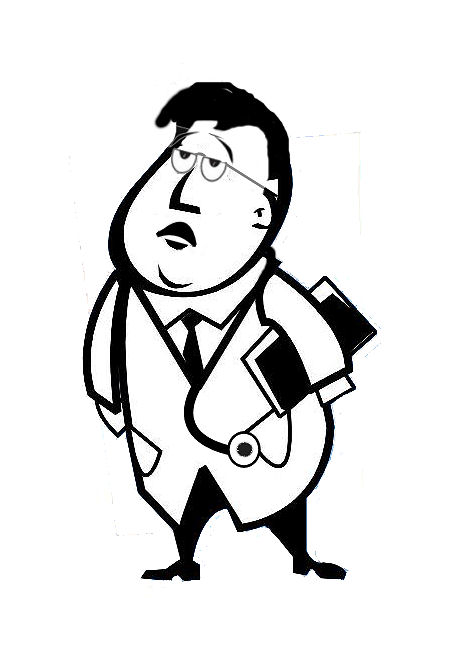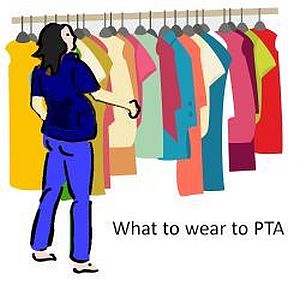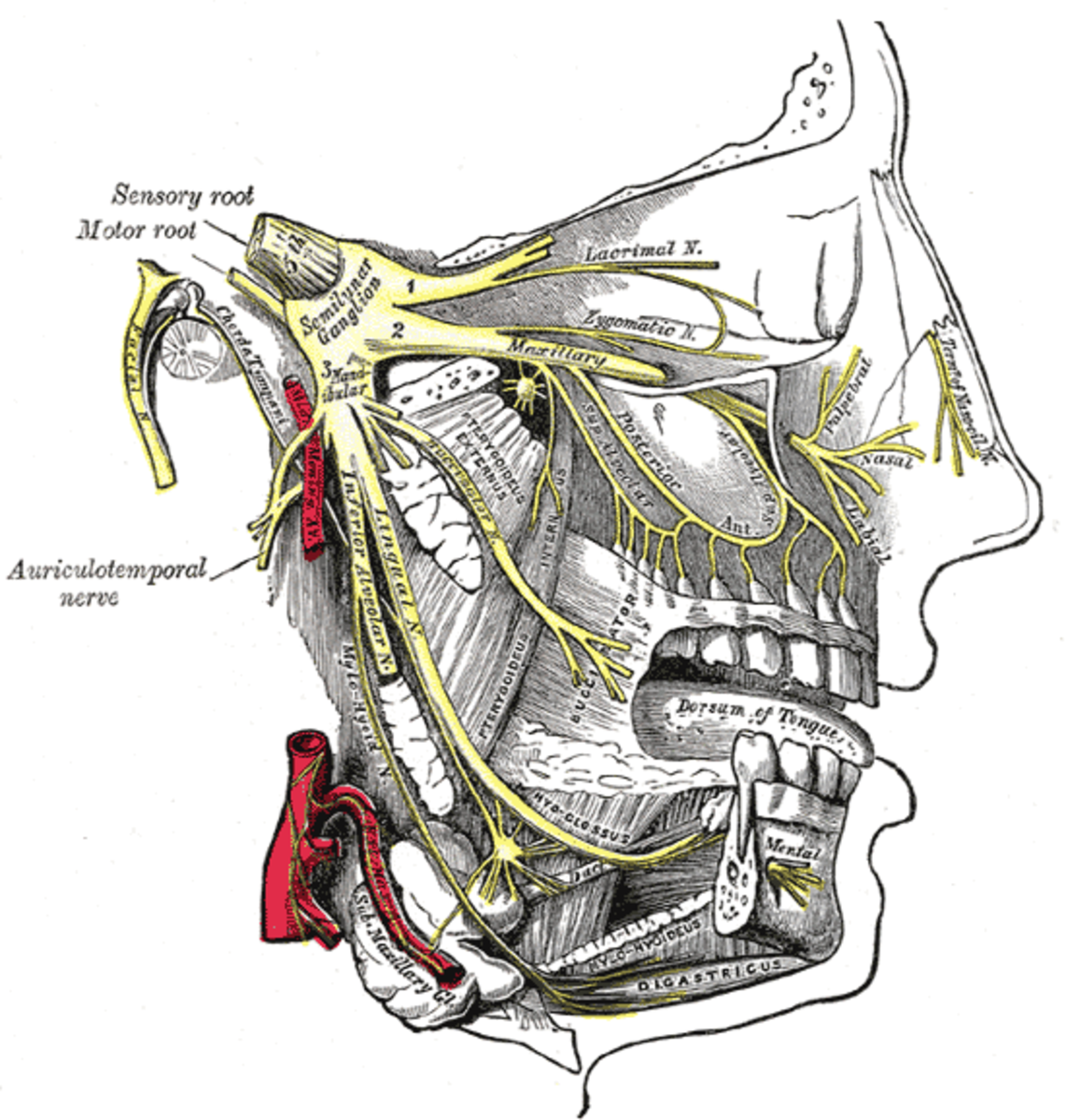Labeling and Judging Others: Automatic, Ubiquitous, Impactful and Reversible
This story is a fictional telling of a true
event and was told to us by one of the
surprised and pleased participants.
Little did the doctor and patients anticipate that the next few hours would lead them to a new understanding of themselves and others because of 5 words, “let’s not label each other.”
Dr. Aaron Stone and his friend, Dr. Marie Garcia, walked briskly along the Hospital’s all-to-familiar main corridor, made a sharp right turn as they passed the cafeteria, and headed down the hall. They walked even faster to escape the smell of fried food that almost always lingered in that hallway until they found themselves breaking stride as they caught up with about a dozen slow-moving patients. “Zombies!” Marie muttered as they weaved through the group, many with canes or walkers. “Careful, Smart Mouth, they might overhear you,” Aaron admonished. “Sorry, only joking”, replied Marie . About 50 feet after they left the Zombies in their wake, Dr. Stone opened the door to conference room A-116 while Dr. Garcia proceeded to her afternoon Clinic. She turned back to her friend and gleefully declared, “Have a good meeting, Your Mindfulness.”
Some of the patients had indeed overheard Marie’s Zombie comment, and one muttered under his breath, “Pompous fools, these doctors; they act like they own the hallway and everything else, for that matter.”
Dr. Stone believed that his forthcoming two-hour seminar on the place of mindfulness in the treatment of chronic and debilitating low back pain was more than appropriate, but why had he agreed to do it? His desk was filled with charts to review, mindfulness was not his primary field of expertise, he hadn’t spent enough time recently with his wife, kids or grandkids, and on top of all that, he would be paid nothing for the seminar. He smiled wryly as he once again bemoaned his inability to say ‘no’. But the wryness of his smile also reflected the fact that he enjoyed some of the ego-gratifying perks of being a seminar-leader/physician, especially the reverence soon to be bestowed upon him by these needy patients. He was only mildly surprised when the twelve ‘Zombies’ filed listlessly into A-116.
This was to be the 5th of 12 sessions devoted to mind-body approaches to the management of low back pain. Because everything else the Pain Center tried had failed, the twelve patients had become cynical of any program the Center had to offer, especially a ‘way out’ one like this. Nonetheless, they were still willing to try just about anything for relief, even if it took a Witch Doctor.

The nine male and three female patients awkwardly maneuvered themselves onto hard, uncomfortable folding chairs arranged in the shape of a horseshoe. Dr. Stone, in full regalia of starched white lab coat and stethoscope draped over his neck, sat comfortably in the padded chair at the mouth of the horseshoe. He casually scanned each of their faces and introduced himself as a physician with special interest in mindfulness. The patients saw him as one more pompous jerk who really didn’t comprehend the impact of their chronic pain because he had not experienced it.
With complete confidence, Dr. Stone leaned forward and asked John Pritchard, “Would you mind telling me your name and what you have gotten and want to get from this program?” John retorted abruptly, “Actually, I do mind!” and sent a steely glare directly into the Doctor’s eyes. An unpleasant silence fell across the room until Emily Sachs, who, in her mid-thirties, was the youngest Zombie, blurted out, “I mind, too!” This really surprised the others because she rarely said anything. Dr. Stone was surprised, bewildered and definitely less confident. His sixtyish year old body slouched in his plush chair, almost as if the only thing holding him up was his starched lab coat.
The doctor quickly recovered, leaned forward with what seemed to be newfound confidence, and proffered, “Let’s make a deal. For the next 2 hours, let’s not label each other. When the 2 hours are up, we will be free to reapply any and all labels and judgments that we want to. How about it?”
This time John looked surprised and replied for the group. “What the heck are you talking about?”
Dr. Stone answered, “I got the unmistakable vibe when you people entered this room that you labeled and judged me as one more pompous doctor. I admit that I donned my lab coat and stethoscope to make sure that you did recognize me as a physician and would accordingly grant me respect and admiration. I suspect that you labeled me also as overweight, wealthy, privileged, and as someone who has never lived with your kind of pain.”
John interrupted, “Doc, you got ‘em all!”. And everyone laughed in agreement.
“Well,” replied Dr. Stone, “I labeled you guys as chronic complainers who would be dissatisfied with anything short of a magic pill to cure your back problems. And each of you seemed as if you had already decided that the Mindfulness Program - and I - had nothing to offer you.”
Stone continued, “I have to admit I judged you harshly. I knew that I didn’t have a magic pill and didn’t know if you were up to the effort required to learn how to ignore pain. Seems that all of us had automatically imposed strong negative labels on the other - labels so powerful as to render our session useless. So, here’s the deal. Let’s shed the labels we have given each other for two hours – and just talk as fellow human beings”.

John quickly accepted the offer, and all nodded in agreement. Dr. Stone took off his lab coat and stethoscope, traded his padded swivel chair for a thirteenth folding chair, and together all rearranged the 12+1 horseshoe into a circle.
Stone restarted the session again by asking John, “Tell me your first name, and in one sentence, tell us something about yourself that the others are not likely to know.” The next two hours were amazing for all in Room A-116. Dr. Stone really listened to and heard each patient, and he didn’t bore them with the fifth version of a canned lecture that they had already heard four times. And the patients learned much about each other and how their pain affected them. The notion of mindful attention slowly became comprehensible.
At the end of the session, Dr. Stone put his white coat back on, stuffed his stethoscope into his pocket, and looked back almost tearfully at the circle of chairs as he left the room. On the way back to his office, he saw Marie waving to him. She asked, “How did the session go, Your Mindfulness?” Aaron replied, “We got off to a rocky start, but things settled down. I think we had a very special session. Do you have time for a cup of coffee?” Marie could sense that Aaron was bursting to talk about the session and replied, “Sure, let’s go. As long as they have fresh decaf.”

Aaron and Marie got their coffee and sat at a table near a window overlooking the hospital gardens. Without hesitation, Marie asked “Why did you get off to a rocky start? That just doesn’t happen to you.” Just as Aaron was starting to answer, he saw Emily Sachs getting a cup of coffee and waved her over. Aaron did the introductions, “Marie, this is Emily Sachs, one of my patients today. Emily, this is Marie Garcia, a colleague and god-daughter.” Emily smiled and said, “Pleased to meet you Dr. Garcia aka Zombie detector”. Marie flushed a bit and answered, “Oops, sorry about that.”
Emily acted quickly to put Dr. Garcia at ease, “No big deal. At first I was a little hurt, but when I looked at us lumbering down the hall, I found the label kind of funny. But I can’t say that everyone who heard you had the same opinion.”
Still smarting from the session’s rocky start, Aaron asked “Did John overhear it?”
Emily, smiling ear-to-ear, relied “Yup, how did you guess? Change of subject, Dr. Stone. I found the session helpful, and I’m looking forward to practicing mindfulness. But it’s the labeling thing that really got to me. It’s as if 13 people rebooted their brains when we tabled the labels. Do you make this ‘deal’ often when you lead discussions?”
Aaron answered, “Never before! And I have no idea how or why the notion to focus on labels popped into my head. Marie just asked me how our meeting went. Help me tell her about it.”

“Of course,” Emily replied. “Dr. Garcia, we all, including Dr. Stone it seems, learned the importance of being mindful of the way we rapidly, automatically and almost unconsciously label and judge people AND the impact these labels have in determining our actions, emotions and thinking. I can’t stop thinking about how much labeling and being labeled impacts my everyday life, and how mindless I have been about it. I keep thinking about how much, like Dr. Stone and his white coat, I dress to be sure others label me as I want to be labeled. I dress as a Mom when I go to a PTA meeting, I dress as manager for my job at the mega-hardware store, and I dress as a sexy woman when my husband and I go out on the town. That look is a little tricky because I want to look sexy for my husband but not to look available to other men.”

Marie chimed in, “I think I’m getting a pretty good understanding of what happened at the seminar. Aaron, remember when our name badges were enlarged by the hospital because patients regularly labelled men as doctors and women as nurses. Our professional roles are changing, and we can’t take for granted any longer who is the doctor, the nurse, the aide, the volunteer, the janitor or the clerk. And just because my surname is Garcia doesn’t mean I can converse in Spanish.”
Emily added, “Same here, Dr. Garcia. As the manager of a mega-hardware store, I struggle with my ‘FEMALE’ label every day. I am frequently called upon – you know - ‘I want to see the manager!’ - to help solve a customer’s problem. You should see the surprised look I get from many of them, both men and women. I wish I could put FEMALE MANAGER, GET OVER IT on my tag! Fortunately, my competence or maybe my height often helps win the day. Most people are surprised to meet a woman over six feet tall.” Turning her attention to Aaron, Emily continued, “Dr. Stone, you gave me a lot to think about beyond my back pain. Funny thing is that this label thing relates strongly to what pain seminar is about. When the mind is mindful to things other than pain, the pain gets less attention. I’m amazed to come to grips with the realization that most of my actions, emotions and even thoughts are initiated quickly and automatically – without mindfulness. But we do have the ability to shine the flashlight of conscious attention on or off a few of these automatics judgments.
Aaron, his face glowing with excitement, almost screamed, “Wow , Emily, what a summary! Books and the web are filled with stories about the dangers of labeling – man/woman, young/old, rich/poor, bully/bullied, conservative/progressive, black/white, and on and on. I was well on the way to ignoring most of these stories because just saying ‘no’ to labels is an absurd and counterproductive request. We depend on labels or categories to quickly and almost unconsciously organize, anticipate, control and communicate – to be successful human beings. But sometimes the labels are inappropriate and lead us astray. It took some mindfulness for me to see any of you Zombies not wanting to eat my brain. What we need is for each of us on occasion to be sufficiently mindful of the labels we assign or are assigned to be able to open our minds and hearts, even if only temporarily, to the richness and beauty that exists beyond the label.
The three of them stood up, said good-bye, and departed in deep thought.








